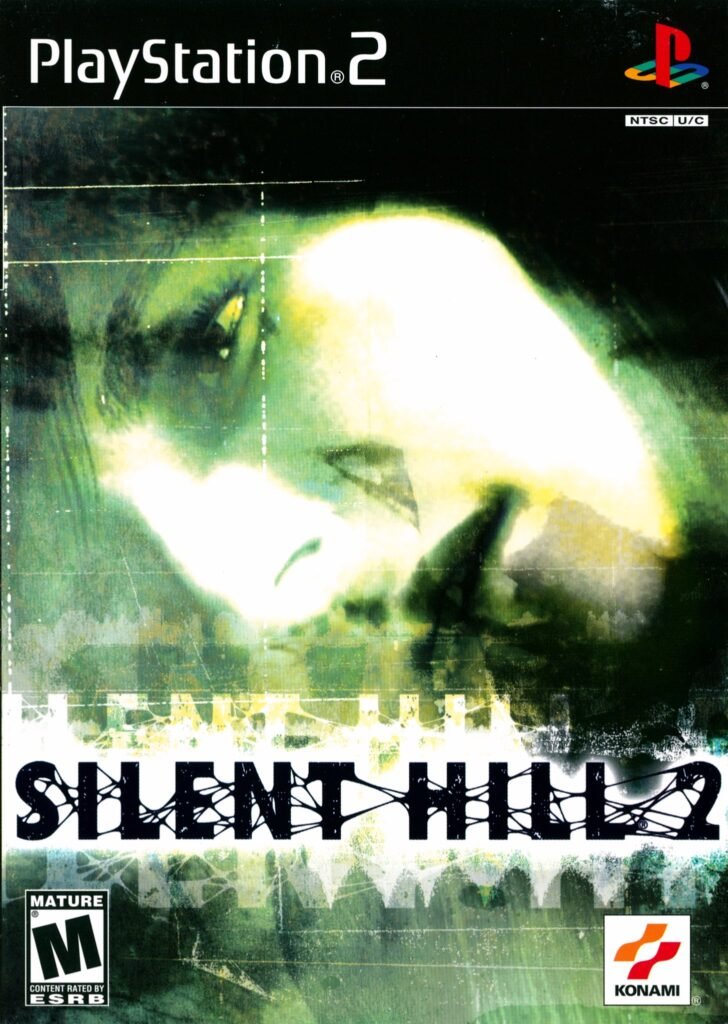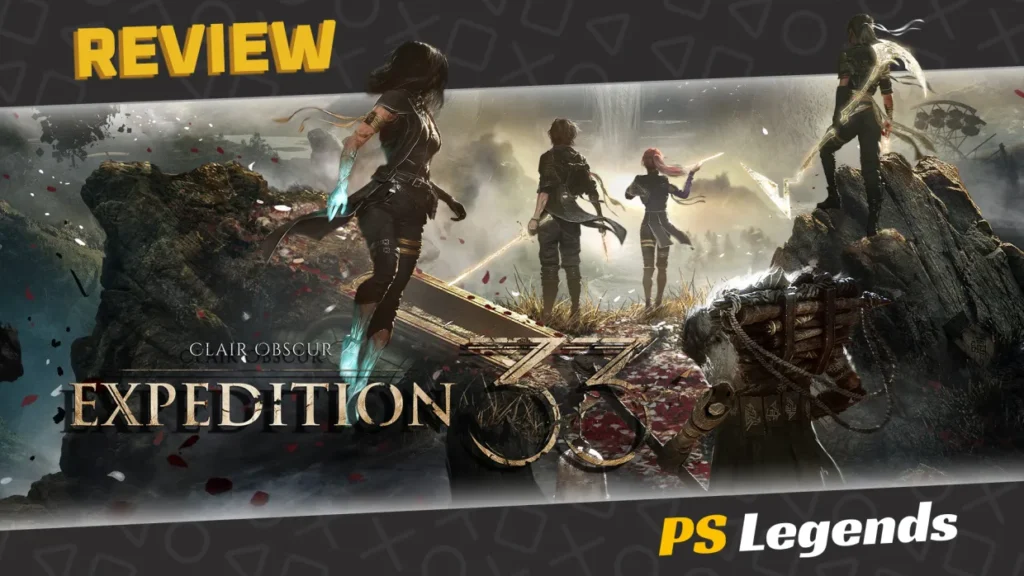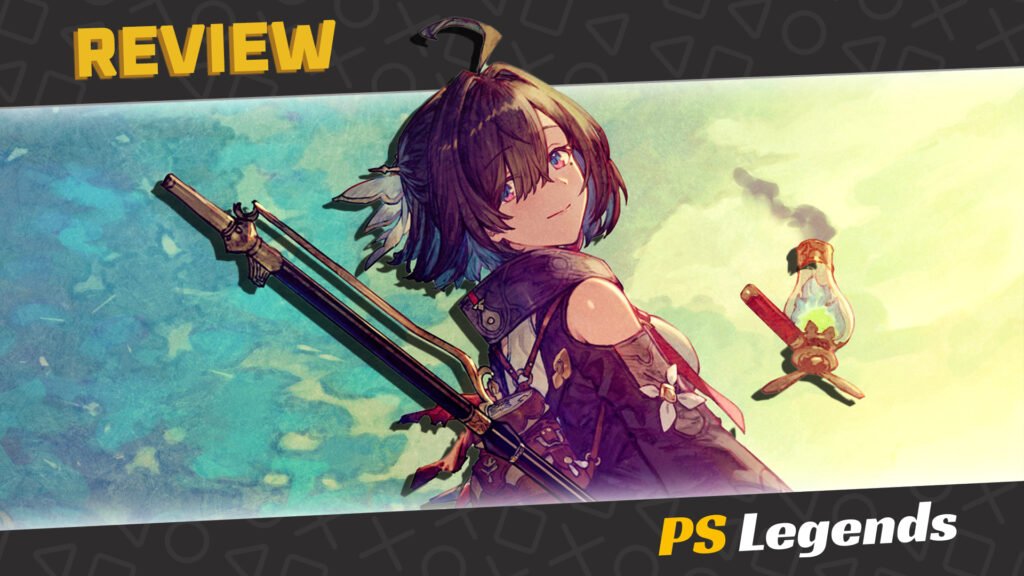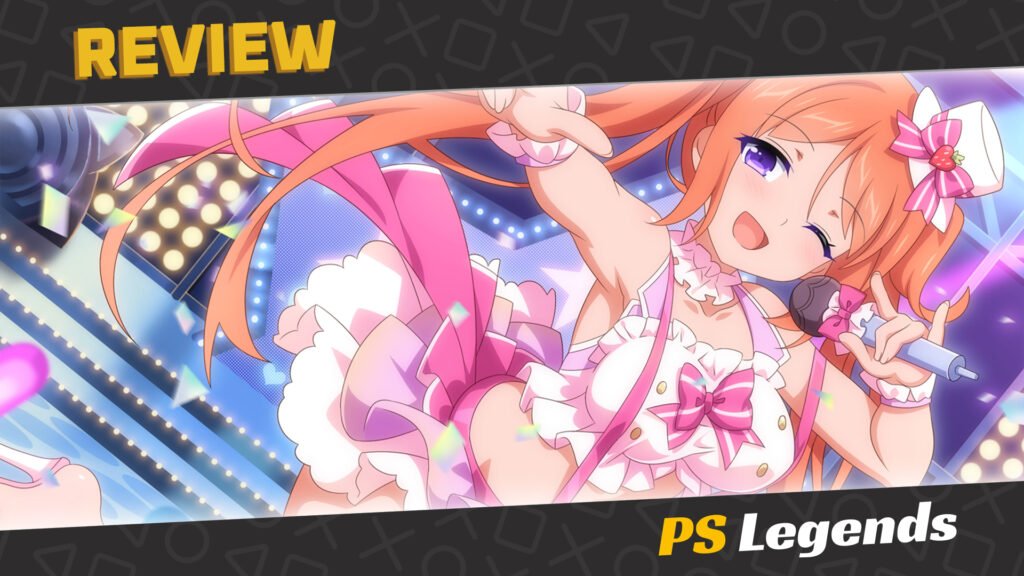When Silent Hill emerged, it seemed like a shadow in the wake of Resident Evil’s success. Critics and gaming experts even suggested that it might be capitalizing on that very success. But here’s the twist: Silent Hill 2 ventured into uncharted territory, creating an experience with a purpose that set it apart from the pack and led to successful production of sequels. So, what was it that Silent Hill 2 brought to the table that reshaped the survival horror landscape? Read on to get more thorough insight.
On This Page
Introduction
Silent Hill 2 beckons you into a world where the darkness harbors unspeakable horrors, and reality blurs into a nightmarish dreamscape. In this iconic survival horror game, you must navigate the fog-shrouded streets of Silent Hill, unraveling a haunting mystery that cuts deep into the human psyche. But as you explore its eerie depths, one question looms: Can you survive the relentless terrors that lurk around every corner?
Story
Road to Toluca Lake…
Picture this: James Sunderland, a man haunted by his wife’s death, receives a letter from her even though she’s long gone. So, what does he do? Of course, he decides to visit Silent Hill, the creepiest, fog-drenched town in video game history. That’s a rational choice, right?
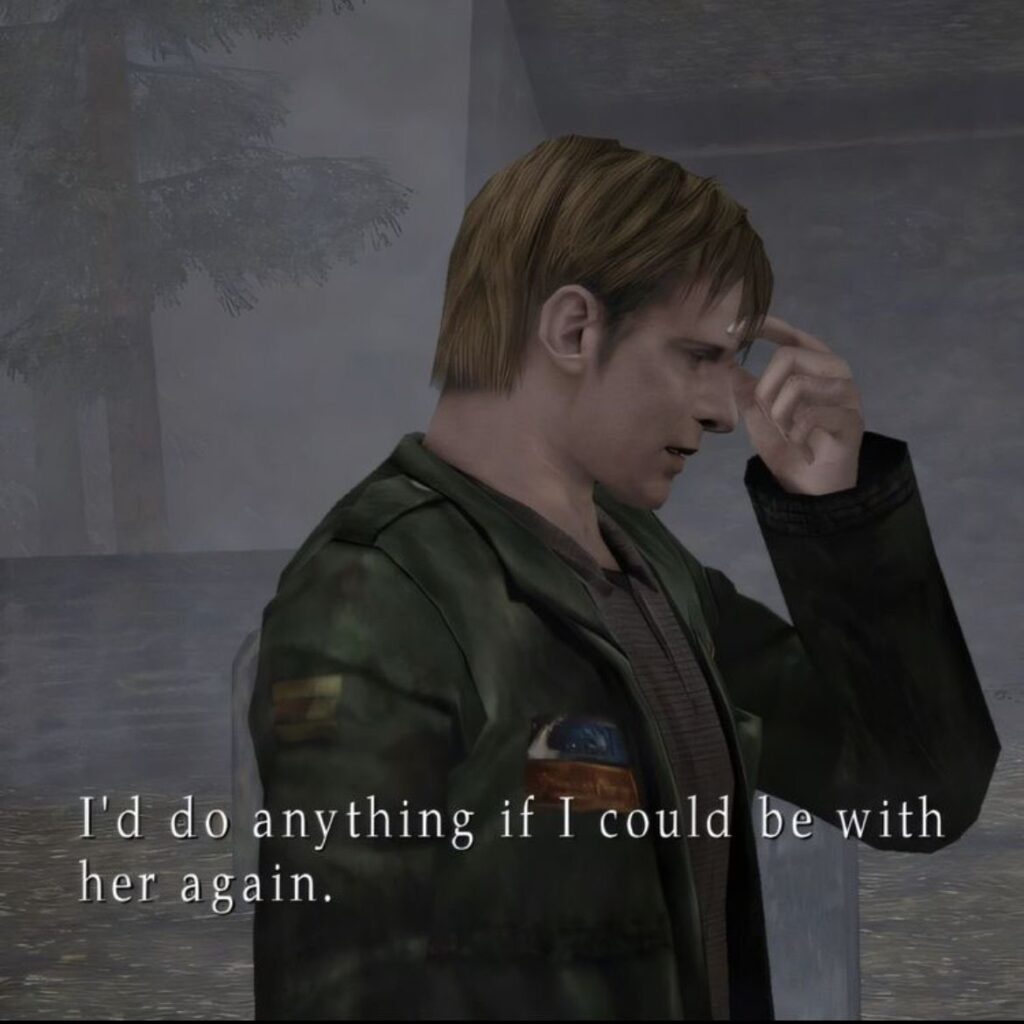
James isn’t your typical video game hero. He’s more like a broken mirror reflecting the darkest corners of the human psyche. You’ll scratch your head, wondering if he’s just a sad man or the main ingredient in the Silent Hill stew of madness. Can’t he find someone to pour out his grief to?
Oops, that’d be a rookie and costliest mistake he’d make.
This is because there are a whole lot of weird, freaky friends and foes. In this eerie tale, you’ll meet a cast of characters that’s about as weird as it gets. There’s Maria, a lady who seems oddly similar to James’s late wife, and Eddie, who’s more unhinged than a rusty gate in the wind.
These supporting characters, like the enigmatic Maria and the enfeebled Eddie, each have their own dark secrets and reasons for being in Silent Hill. Their interactions with James add layers to the storyline, creating a web of intrigue that keeps players engaged and questioning the nature of reality.
As you unravel their stories, you’ll dive deeper into the tangled web of Silent Hill’s insanity. But remember, in this town, friends can become foes, and foes can become… well, more sinister foes. Don’t forget, the Big Brother Pyramid Head is watching you, waiting to pounce when you least expect it. So trust no one!
Silent Hill 2 is not just about jump scares and gruesome monsters (though there are plenty of those). It’s a cerebral rollercoaster of symbolism and mystery. Everything, from grotesque creatures to the eerie settings, has hidden meanings that you’ll want to decode. It’s like a horror-themed treasure hunt, but the treasure has more psychological scars than gold.
As you wade deeper into the nightmarish fog, you’ll soon realize that reality in Silent Hill is as slippery as a banana peel on an ice rink. The town constantly transforms, revealing disturbing secrets that connect to the characters’ psyches. And the sound design? It’s a symphony of dread that’ll have you sleeping with the lights on.
Are you on a delulu spree?
Well, only you can tell by your decisions.
Speaking of decisions, what’s cool about Silent Hill 2 is the moral ambiguity. You’ll have to make choices that affect the game’s outcome. These dilemmas are as haunting as a ghost in a haunted house, and they leave you pondering the true nature of James’s journey. These choices make or bend you, I must confess.
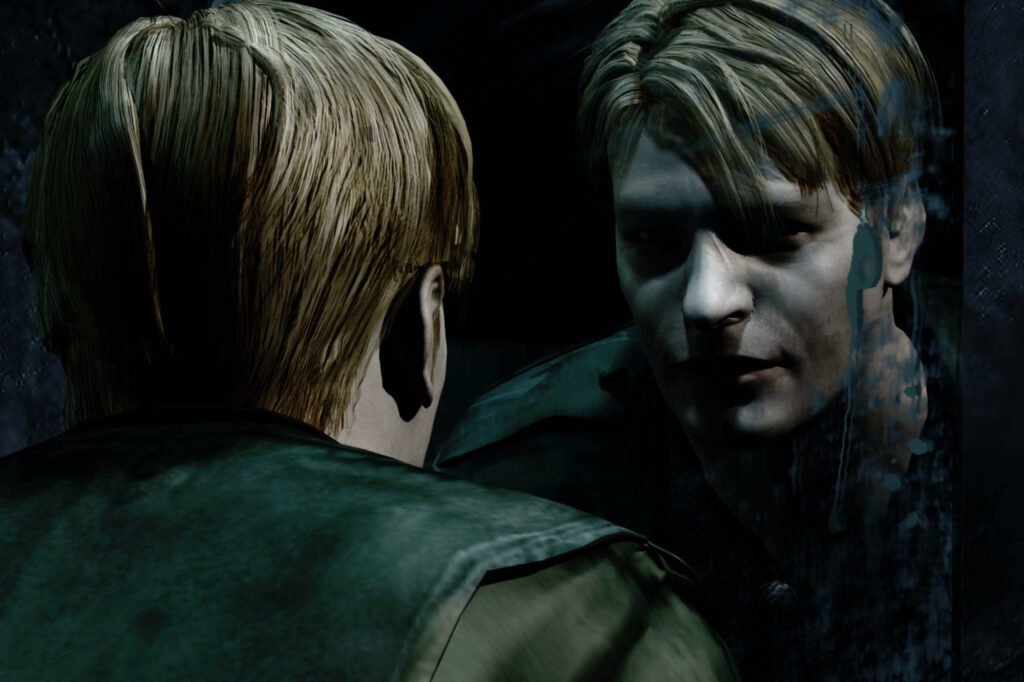
Gameplay
In Silent Hill 2, James keeps things practical. He’s all about the maps and documents he collects. The catch? They’re only legible in decent light or when he flicks on his flashlight. But James doesn’t just hoard these items; he actually updates the maps, marking locked doors, hints, and obstacles.
And when he gets his hands on any documents, he takes the time to jot down the important stuff so you won’t forget a thing. It’s like your own personal journal in the creepy world of Silent Hill.
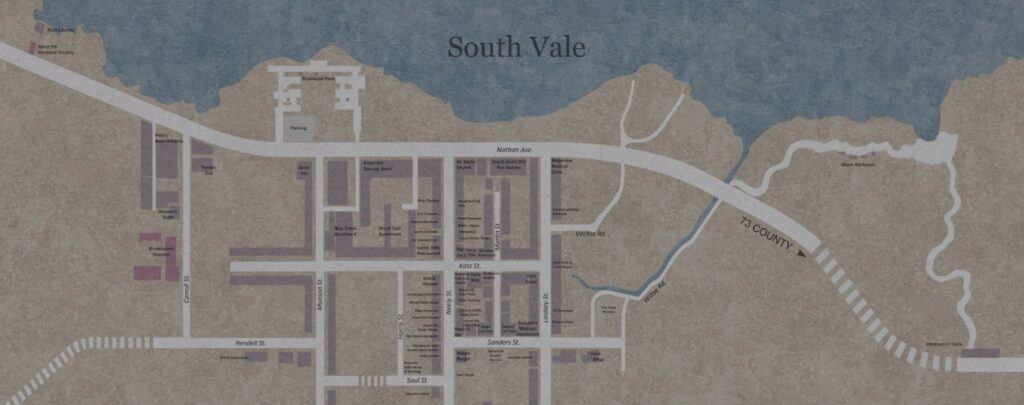
At the heart of the gameplay is exploration. The game encourages you to explore every nook and cranny of this eerie town. When it comes to combat, your skills feel rudimentary, with basic melee and shooting mods beefed up by a semi-fixed dynamic and supplementary isometric camera angle.
In all senses of objectivity, this 3rd-person view, I think, was created to cause uncertainty due to its limiting angles. The big perk is that you can easily aim while moving and fire at the same time, but this sometimes comes with some tank controls and glitches, reminiscent of Resident Evil.
Let’s break it down – the game’s combat isn’t the toughest nut to crack. Most of the time, you’ll find yourself facing hordes of enemies, taking them down like an action hero on a caffeine binge. It’s intense, it’s thrilling, but it’s not exactly brain-busting.
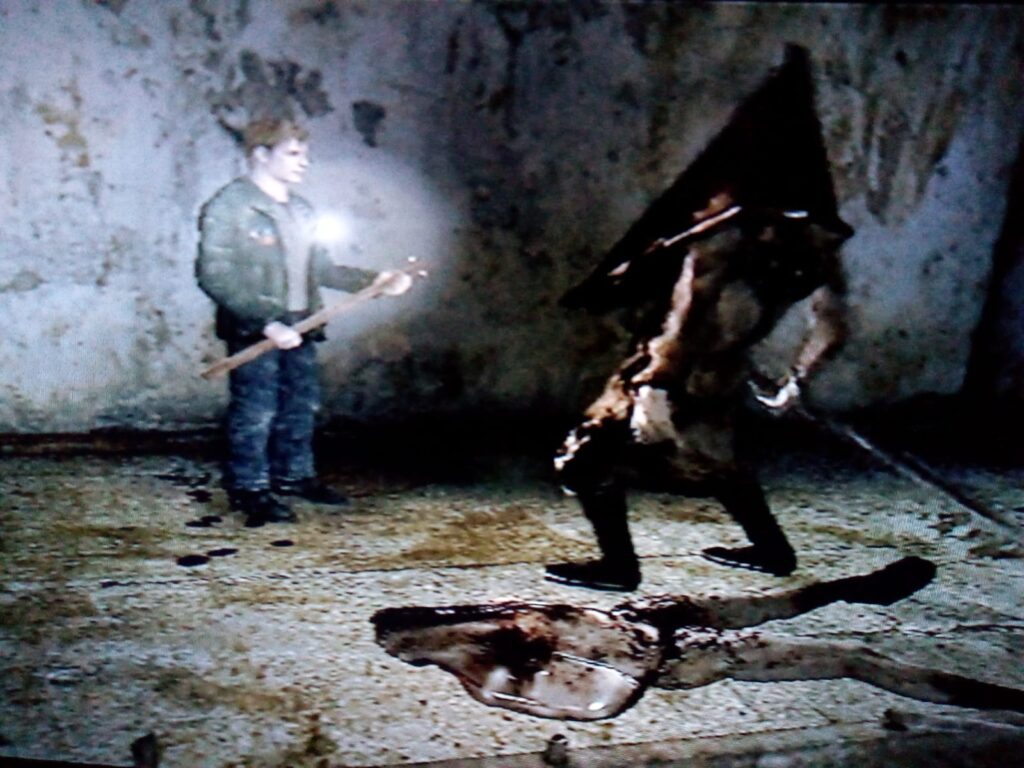
Now, here’s where it gets interesting – the puzzles. They’re like these bizarre, out-of-left-field challenges that pop up randomly. They’ll leave you scratching your head and maybe even contemplating a temporary surrender. But, trust me, that’s what makes Silent Hill such a twisted, quirky, and thrilling ride.
One standout puzzle scene? The Box puzzle in Brookhaven Hospital. No spoilers here, but it’ll have you traversing through the creepiest, filthiest hospital corridors imaginable. Imagine the risk of being jumped by some seriously grotesque zombie nurses with faces that resemble, well, let’s just say “bollocks.” All this trouble, just to open an intriguing box.
And here’s the kicker – your heart’s probably racing, anticipation soaring as you finally pry that box open. And what do you find inside? Brace yourself…A solitary strand of hair. Yes, you read that right.
Silent Hill 2 isn’t afraid to throw you a curveball, even when you’re least expecting it.
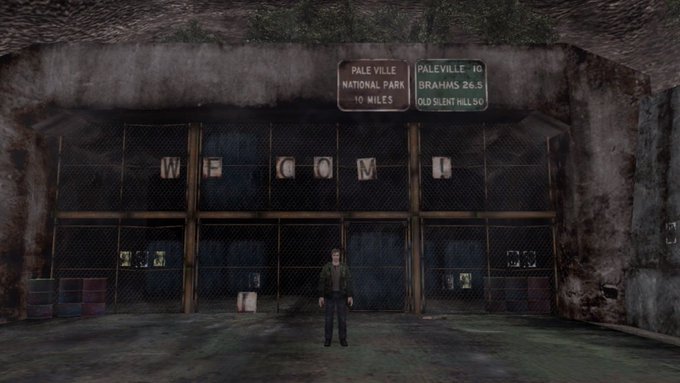
Graphics
SH2 is an understated technical marvel that broke the conventional way of graphics and visuals to introduce a wholly new host of impressive visual effects, which at that time was quite unavailable. To fully appreciate what SH2 offered, we need to go back in time to understand what the Team was thinking.
Back in the early 2000s, as Konami soared in its investments and the anticipation of the PlayStation 2 release was reaching its peak, Team Silent embarked on a mission to create a game that would captivate its audience. They began with preliminary 3D tests, simulations, and demos to ensure a seamless transition to the PS2 platform. As they persevered, an ingenious development unfolded.
But here’s where it gets fascinating. Masahiro Ito, the genius leading the charge, wasn’t satisfied with the game’s visual design. So, he took an unconventional route. Real-world photos of decrepit buildings and ruins became his muse, shaping the game’s look and feel in a way that felt authentic and gritty. It was a groundbreaking decision that added a unique layer to the game’s visual identity.
And that’s not all. Ito didn’t stop at photographs. He masterfully wielded light and shadow to amplify the game’s atmosphere, dialing up the eeriness to spine-tingling levels. The result? An immersive experience that pulls players into a world where every shadow hides secrets and every beam of light reveals nightmares. It’s the kind of detail that makes you appreciate the artistry behind the scenes.
As we all know, light and shadow are the best interaction combos for today’s high-end gaming graphics and visuals, but back then, it was a relatively new concept, and Silent Hill offered something that many of us had never seen before in real-time.
When it comes to in-game cutscenes, Silent Hill 2 didn’t hold back. They used high polygon models that went above and beyond the usual expectations, giving you detailed characters with rounded facial features, realistic clothing, and even posture that added a touch of authenticity to the storytelling.
You might have found yourself waiting for a dramatic switch from in-game graphics to cutscene graphics at the start, just like I did when James was gazing into the mirror. But guess what? You didn’t need to wait because it was already right there, seamlessly blending the two.
Now, let’s talk about textures. Silent Hill 2 boasts some seriously high-quality textures. Okay, they might not quite meet the standards of today’s hyper-realistic games, but back in the PlayStation 2 era, this was something worth applauding. The PS2 wasn’t exactly famous for nailing high-quality maps, but in Silent Hill 2, they got it right, turning those spooky settings into something visually remarkable.
And let’s be honest, back in those days, high resolutions were more of a futuristic dream. Most games, including Silent Hill 2, didn’t have that luxury. But what this game did have was a knack for dodging the common ‘Tiled-look’ that plagued that era. Instead, it crafted an aesthetic, albeit eerie, canvas that perfectly suited the game’s dark and haunting atmosphere.
Do you know what’s truly outstanding about Silent Hill 2? It has this uncanny knack for crafting an atmosphere that’ll send shivers down your spine, all while duking it out with some serious rendering limitations, a phenomenon fondly known as the “Fog Effect”.
It’s as if the game itself is whispering, “Hey, we might have a few limitations to deal with, but guess what? We’re going to take those constraints and make them our defining feature.” And boy, does it deliver.
You see, in the previous gaming generation, developers often turned to fog as a clever workaround to dodge the sky-high rendering demands that came with high-end games. It’s like the secret sauce they used to keep things running smoothly.
The tale starts with Silent Hill 1, the predecessor to our game of interest. Back then, the team leaned heavily on this fog effect to maintain the game’s performance. It was all about creating an illusion of vastness without overloading the hardware.
But as the team progressed to Silent Hill 2, something magical happened. They realized that this fog wasn’t just a technical crutch; it had a profound impact on the game’s atmosphere. Instead of cranking up the PS2’s rendering power to showcase distant areas and sacrificing the game’s eerie vibe, they took a different route.
They decided to harness the PS2’s exceptional fill rate, which allowed them to layer various alpha textures effectively. The result? A mesmerizing, swirling fog that blanketed the world of Silent Hill 2, adding a rich layer of uncertainty and suspense. It’s like they found an unexpected gem hiding within the console’s capabilities.
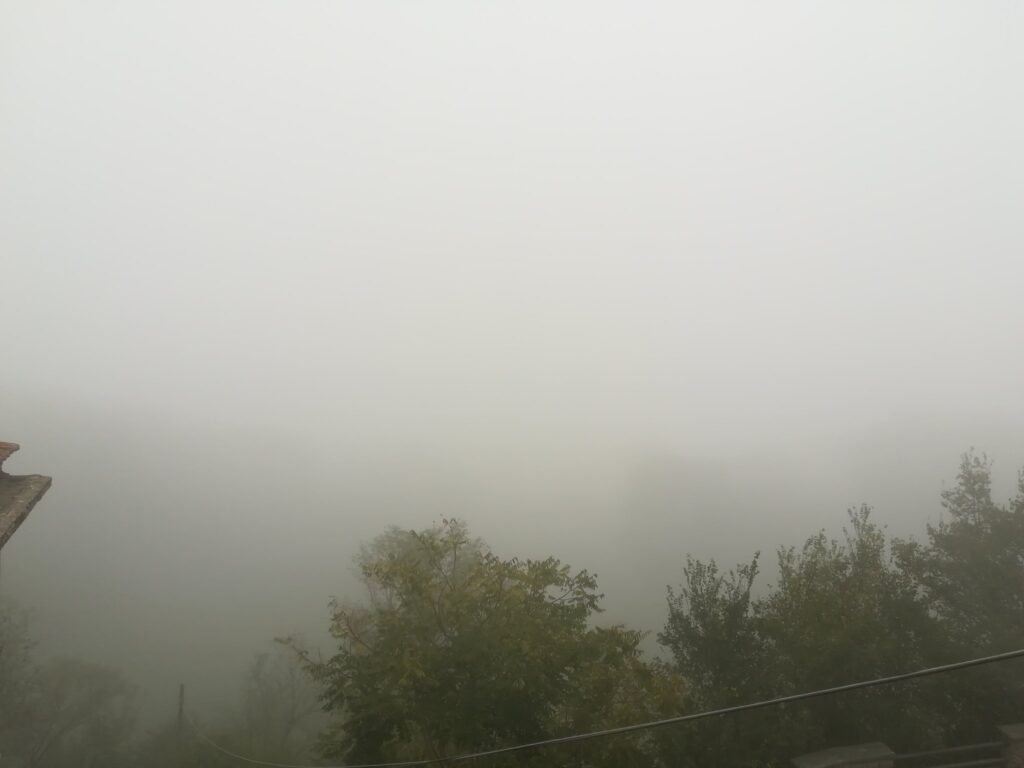
In essence, they didn’t just settle for a technical solution; they transformed a limitation into an artistic asset. This, my friends, is where the beauty of game development shines. It’s all about turning challenges into opportunities, and in the case of Silent Hill 2, they did it with style.
Another cool thing about its graphics is that sets Silent Hill 2 apart – the game’s realistic shadows. It was a pioneer in giving us the first taste of real-time dynamic world shadows projected by a local shadow caster. In plain terms, this means that the game uses the PlayStation 2’s hardware to create soft stencil shadows that follow you around as you explore. The impact is significant. As you navigate through Silent Hill 2 with your trusty flashlight, you’ll notice these shadows adding an extra layer of realism and eeriness to the experience.
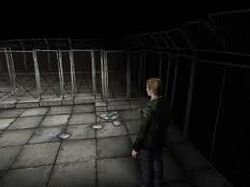
Audio/Sound Track
What’s particularly fascinating is how this audio masterpiece was crafted.
You see, while most modern games rely on pre-recorded audio files that are played back as needed (think of them like your run-of-the-mill MP3 files), Silent Hill 2 does things a bit differently. It utilizes audio chips, rather than just pre-recordings and digital audio playback. In simpler terms, it doesn’t just press “play” on a recorded track; it’s more like the game’s sound engineers wrote a symphony of instructions and codes that the game then interprets and plays back in real-time. It’s almost like a conductor guiding an orchestra.
This is why the music in Silent Hill 2 feels so seamlessly integrated into the experience. The soundtrack is more than just a collection of melancholic, discordant, and discomfort-inducing melodies. It’s a living, breathing part of the game. Each track is carefully orchestrated to hit you at just the right moment, evoking shock, terror, and emotion.
The music isn’t just a soundtrack; it’s a psychological tool. It dives deep into our subconscious, subtly emphasizing the pain, helplessness, and denial that the game’s characters are grappling with. Tracks like “Promise (Reprise),” “The Day of the Night,” and “Laura Plays the Piano” are not your typical gaming tunes. They’re simultaneously somber and uplifting, casting a haunting spell that lingers long after the game is turned off.
Here’s the truly weird part: playing this game while listening to these songs might just make you feel like your spirit is transcending your physical body. It’s a testament to the power of sound in storytelling, and it’s a part of what makes Silent Hill 2 an unforgettable experience.
Replayability
Well, Silent Hill 2 might not boast as many unlockables as SH3, but with a whopping six different endings, it’s got its own bag of replay tricks. I mean, come on, SH3 only had three endings, one of which was more of a playful jab at you. So, I’d say they’re pretty much neck and neck in terms of replay excitement. Plus, both games pack stories that are so good, that you’ll be itching to dive back in time and again.
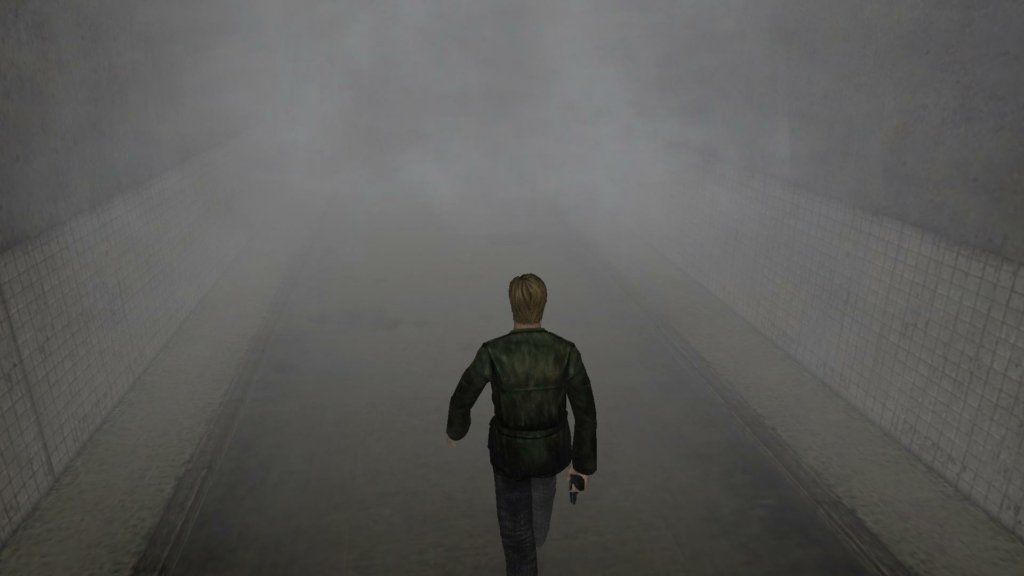
Now, don’t get me wrong, both games are like siren songs for our gaming hearts. The stories are so captivating that they practically beg you for a repeat performance. But, alas, Silent Hill 2 has a slight Achilles’ heel when it comes to replays.
You see, the game doesn’t throw a parade of different enemies your way. Instead, it often feels like you’re stuck on a spinning merry-go-round of the same foes, which can get a tad monotonous. It’s like your favorite record, but with a scratch that keeps repeating.
So, while the story is a never-ending rabbit hole of mystery and intrigue, the gameplay might not give you the same thrill after multiple spins. But hey, the eerie atmosphere and twisted narrative are more than enough to keep you hooked for a long, haunting while.
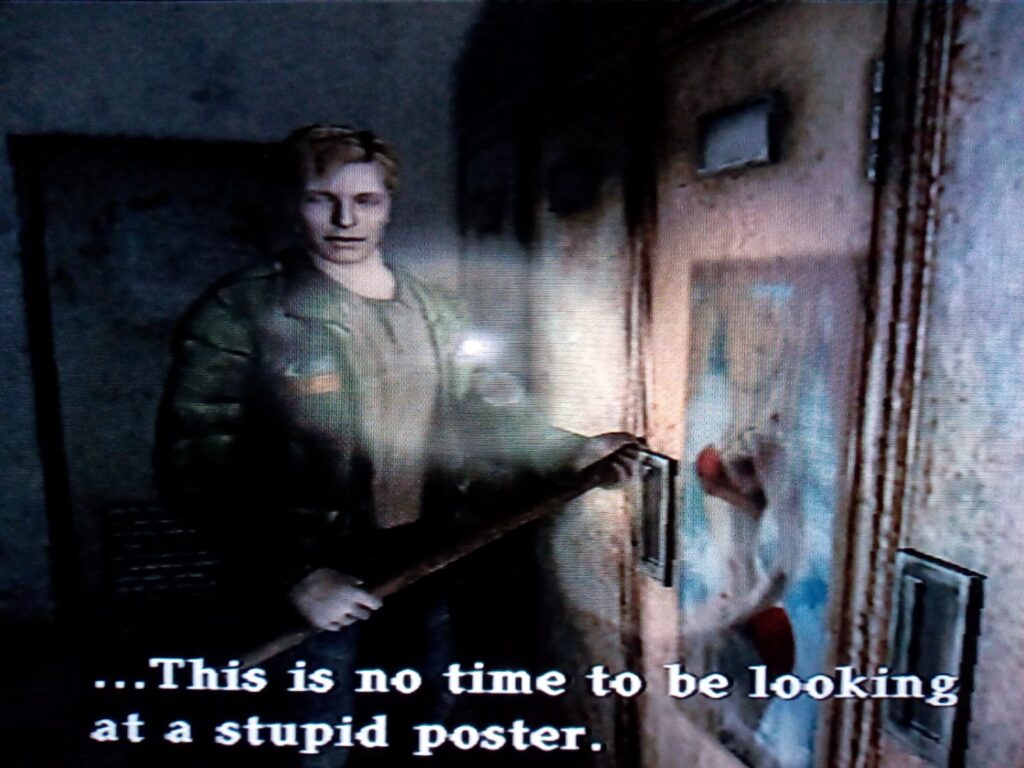
Conclusion
In the world of survival horror gaming, Silent Hill 2 stands as a testament to innovation and originality. Its narrative depth, psychological horror, and atmospheric mastery rewrote the rules of what a horror game could be. It wasn’t about the relentless pursuit of monsters but an exploration of personal demons.
In the end, Silent Hill 2 isn’t just a game; it’s an experience, a journey into the unknown that leaves a lasting mark on your psyche. It’s a testament to the power of storytelling in video games, where every detail, every texture, and every sound contributes to a narrative that’s as captivating as it is terrifying.
And as you brave the fog-shrouded horrors of Silent Hill, you’ll find that it’s not just a game you play; it’s a world you become a part of. So, if you’re ready to challenge your fears, confront your inner demons, and explore a world where nightmares are made real, Silent Hill 2 is waiting. Are you?
Joys
- The atmosphere hits the right notes, immersing you in a gripping world.
- Impressive lighting effects that amplify the suspense.
- The map’s helpful tracking of locked doors and puzzle locations adds a dash of convenience to your adventure.
Cons
- Those tank controls can be a real chore, and the combat feels a tad clunky.
- Area maps start to blur together after a while, often brimming with a multitude of locked doors that can make navigation a head-scratcher.
- While the puzzles aren’t particularly challenging, they do tend to feel a bit repetitive.
